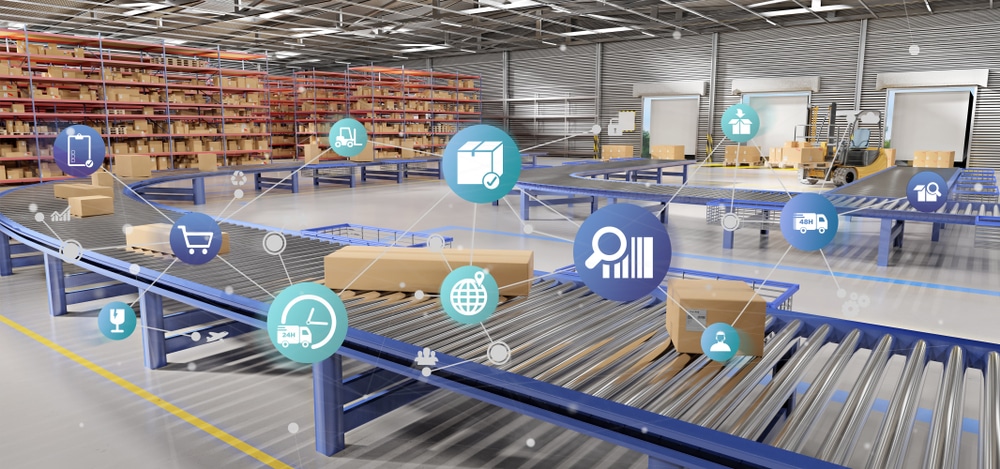
2021 was a rough year for everyone, including the product distribution industry. So what does 2022 have in store for the industry now? More problems, of course! Any business involved in product distribution and third-party logistics (3PL) is facing new challenges to get their products to customers in a timely fashion. The general public is still seeing bare shelves in stores and suppliers are struggling to provide inventory to fill the void. Adding new issues to the already ongoing industry problems has been quite a hurdle for manufacturers, warehouses, and retailers alike.
Adding New Problems to Old
Transportation Freight Fright
After taking a hard hit over the past two years, the number of trucks on the road is still not adequate to meet industry demands. Transportation leaders have been working around the clock to increase the number of truck drivers to pre-COVID levels through incentives including sign-on bonuses and other perks. Approximately one million truck drivers will need to be replaced over the next decade according to the American Truck Driver Association’s 2021 Driver Shortage Update. The forecast is based on gender and age, as well as expected freight growth trends in driver demographics. Over the past two years, labor shortages in the shipping industry led to fewer trucks for available distribution methods.
And then there is the unrelenting torrential weather. From tornadoes and unprecedented rains to crippling ice and snow, 2022 has witnessed record-breaking storms and floods that have shut down several regions of the U.S. Making winter months even more challenging, the higher frequency and increasing magnitude of these weather patterns are being seen from coast to coast resulting in additional shipping delays.
Help Wanted
Moving products in the supply chain takes people to make it happen. 2020 worldwide shutdowns due to the COVID-19 pandemic led to millions of people hitting the unemployment line. However, when health restrictions lifted and businesses reopened, many former employees did not go back to their old jobs. This resulted in service, retail, shipping, manufacturing, warehouse, and distribution employment gaps. “The warehouses and distribution centers, those staff were laid off,” said Port of New York and New Jersey deputy Bethann Rooney in a recent Cheddar News article. “They went on unemployment and it’s been very slow to get them back into the workplace,” she added.
To add insult to injury, massive sick-outs are now being felt from the worldwide spread of the Omicron and other emerging variants. All industries have been impacted, leaving businesses with no choice but to rely on overworked skeleton crews or reduce hours of operation. As more and more employees choose to pursue different career paths, commonly referred to as the ‘Great Resignation,’ employers have experienced major gaps in sustainable labor. In an article from The Seattle Times, owner Stewart Leonard Jr. of northeast United States supermarket chain Stew Leonard’s stated, “Everyone is hit with a shortage of labor…Some because of the Great Resignation, but a lot of it is the Omicron surge.”
Pipeline Backup…Again
Although slowly clearing out the backlogs, United States ports are still having problems moving products off the docks. It’s not just about full containers and ships sitting in line at sea anymore. Manufacturers are also playing catch-up and filling backorders while trying to juggle new orders and distribution. Some cities have now shut down factories due to spikes in COVID transmission in China and the United Kingdom, resulting in a reduction of goods imported into the U.S. yet again.
Not everything is doom and gloom. Let Logimax help relieve your stress, with an evaluation of your warehouse management system software today.



